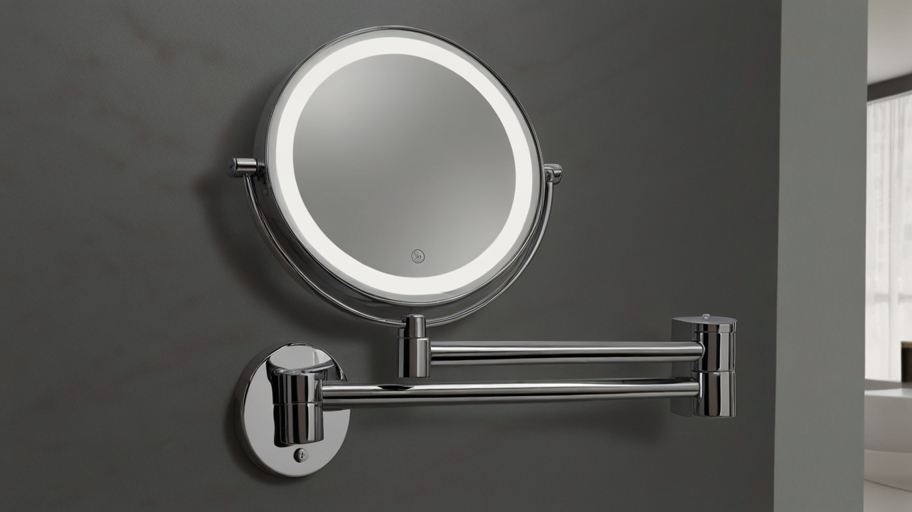
Blender is an amazing tool for 3D modeling, animation, and more, but every user eventually faces the common issue of broken meshes. If you’ve been wondering, “hiq do I fix broken meshes in Blender?”, this guide is for you. Broken meshes can disrupt your workflow, but with the right steps, they are fixable. In this guide, we’ll go over practical solutions to common mesh problems in Blender.
What is a Broken Mesh in Blender?
Before diving into hiq do I fix broken meshes in Blender, it’s essential to understand what a mesh is. A mesh is the foundation of any 3D object, composed of vertices, edges, and faces. When the mesh breaks, it leads to issues like overlapping faces, duplicated vertices, or even invisible geometry. Knowing the common problems is the first step toward solving them.
Identifying the Problem with Your Mesh
The first step in hiq do I fix broken meshes in Blender is to pinpoint what’s wrong. Some common mesh issues include:
- Non-manifold geometry: This happens when certain edges or faces don’t connect properly.
- Duplicated vertices: Extra vertices can cause rendering issues.
- Overlapping faces: This can ruin your model’s appearance.
- Holes in the mesh: Missing faces can leave unsightly gaps.
Once you understand the problem, you can start addressing it using Blender’s built-in tools and techniques.
Fixing Non-Manifold Geometry
A frequent issue when dealing with hiq do I fix broken meshes in Blender is non-manifold geometry. Blender provides an easy fix for this:
- In Edit Mode (Tab), select your object.
- Press A to select all the vertices.
- Use M to merge by distance and remove extra vertices.
- Alternatively, select Select All by Trait, then choose Non-manifold to highlight the problem areas.
This will solve non-manifold issues by properly connecting edges and faces, restoring the integrity of your mesh.
Removing Duplicated Vertices
Duplicated vertices are another common concern in hiq do I fix broken meshes in Blender. These often appear after importing models or due to accidental duplication. To remove them:
- Select the entire mesh in Edit Mode.
- Press M to merge vertices by distance.
This simple action will clean up your mesh, making it easier to work with and preventing future errors.
Filling Holes in a Mesh
If you’re asking yourself, hiq do I fix broken meshes in Blender because your model has gaps or holes, there’s a straightforward solution:
- In Edit Mode, select the edges that surround the hole.
- Press F to fill the gap with a new face.
This method works well for small holes, though larger gaps may require additional edits to ensure smooth surfaces.
Using the Knife Tool to Repair Meshes
Blender’s Knife Tool is a valuable resource when working on hiq do I fix broken meshes in Blender. It allows you to cut through geometry, helping you reshape or fix specific parts of your mesh:
- Select your object and enter Edit Mode.
- Activate the Knife Tool by pressing k.
- Make cuts along the problem areas to reshape the geometry.
This tool offers precision, allowing you to clean up problematic geometry without affecting the rest of your model.
Correcting Inverted Normals
Another issue that might prompt you to ask hiq do I fix broken meshes in Blender is inverted normals. Normals tell Blender which direction a face is pointing, and if they are inverted, you might experience rendering problems. To fix this:
- Select the object and enter Edit Mode.
- Select all faces (A) and press Shift + N to recalculate normals.
Blender will automatically correct the normals, ensuring your faces render correctly.
Handling Overlapping Faces
When considering hiq do I fix broken meshes in Blender, overlapping faces are a frequent problem. Overlapping faces occur when two faces share the same space and can cause visual errors:
- Select the overlapping faces in Edit Mode.
- Press X and choose “Delete Faces” to remove the duplicates.
You can then fill in the gap with new geometry, ensuring your mesh remains intact and visually correct.
Using the Boolean Modifier to Combine Objects
In more complex cases of hiq do I fix broken meshes in Blender, you may have intersecting or overlapping objects. The Boolean Modifier helps in such situations. Here’s how you can use it:
- Select the object that you want to edit.
- Go to the Modifier panel and add a Boolean Modifier.
- Choose an operation such as Union, Difference, or Intersect, then apply the modifier.
This method works well when fixing intersecting geometry or cutting holes in your model.
Checking for Errors Using Blender’s Built-in Tools
If you’re working on hiq do I fix broken meshes in Blender, Blender has built-in tools to help check for common errors:
- Check for Non-manifold Geometry: Found under the Mesh menu, this option helps you detect and fix non-manifold edges or vertices.
- Decimate Modifier: You can use this to reduce the polygon count of your model while retaining its overall shape.
These tools will streamline your workflow, especially if you’re working on a large or complex model.
Smoothing the Mesh for Better Results
Mesh smoothing is often necessary when dealing with hiq do I fix broken meshes in Blender. If your model has jagged or irregular surfaces, smoothing can help:
- Select your object in Object Mode.
- Press W and choose “Shade Smooth.”
You can also use a Subdivision Surface Modifier to further refine your mesh for a cleaner look.
Retopologizing the Mesh for Cleaner Geometry
Retopology is the process of rebuilding a mesh with cleaner geometry. If your model is severely broken, retopology is often the best answer to hiq do I fix broken meshes in Blender:
- Select your object and use the Snap to Face feature to start creating new geometry.
- Rebuild the mesh by adding new faces and vertices, ensuring everything is evenly spaced.
Retopology results in a more optimized model that is easier to work with and animate.
Avoiding Common Mistakes While Fixing Meshes
When approaching hiq do I fix broken meshes in Blender, avoid these common mistakes:
- Not saving backups before major changes.
- Overcomplicating your model with unnecessary vertices.
- Forgetting to recalculate normals.
Avoiding these mistakes will save you time and reduce the likelihood of future issues.
Exporting Your Fixed Mesh
Once you’ve fixed your model, it’s important to test and export it properly. After completing hiq do I fix broken meshes in Blender, ensure that your model works in other software or engines by:
- Testing its behavior in animations or simulations.
- Exporting it in compatible formats like .OBJ or .FBX.
This final step ensures that your mesh is usable outside of Blender, whether for game engines or 3D printing.
Conclusion
Fixing broken meshes can seem daunting, but by following the steps outlined in this guide on hiq do I fix broken meshes in Blender, you can address most common problems. Whether you’re dealing with non-manifold edges, duplicated vertices, or inverted normals, Blender provides the tools needed to fix your mesh. With practice, hiq do I fix broken meshes in Blender will become second nature, allowing you to create clean, optimized models effortlessly.
Remember, Blender is an incredibly powerful tool, and learning how to fix broken meshes will significantly improve your 3D modeling skills.


